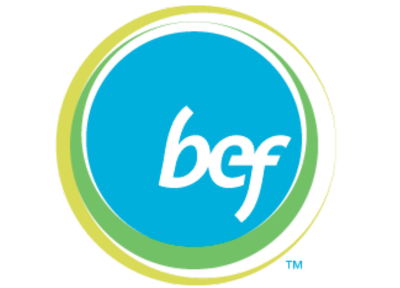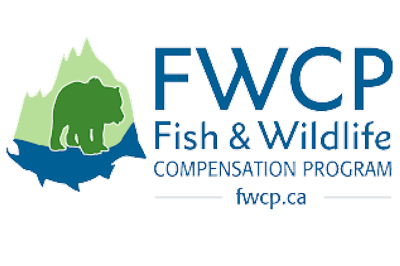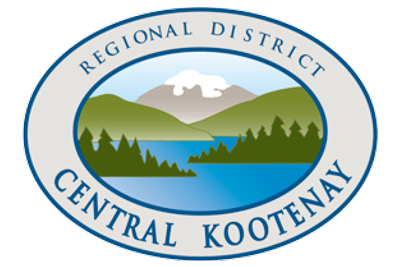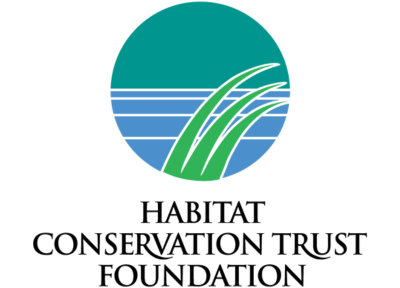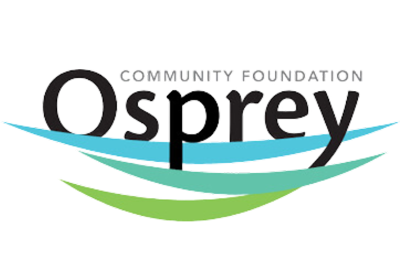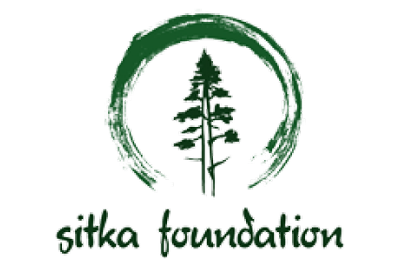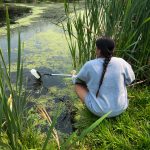PROGRAM GOAL
Enhance watershed health to increase aquatic habitat resilience, and collaborate with partners to restore ecosystems to a functioning state that will remain viable in the face of climate change. Through partnerships and relationships with restoration experts, choose the best path forward to mitigate, remediate human-caused environmental issues to enhance and restore aquatic ecosystems.
CURRENT PROGRAM ACTIVITY
The Cottonwood Creek Revival Project: Creek Restoration
Flowing from Cottonwood Lake Regional Park through Cottonwood Falls Park, trickling through Railtown and entering Kootenay Lake at the Nelson Dog Walk, Cottonwood Creek is an important part of our community. However, many parts of the creek are in poor condition and lack habitat that promotes biodiversity.
The goal of the Cottonwood Creek Revival (CCR) Project is to assess the condition of the creek and explore opportunities that could improve the health of the creek in the long term. Living Lakes Canada, Friends of Kootenay Lake Stewardship Society and the Nelson District Rod Gun Club and Conservation Society are partners on this project.
A State of the Watershed report was commissioned in 2023, and Living Lakes Canada has been carrying out baseline monitoring of the watershed’s water quality and ecosystem health. From this work, possibilities for future restoration, management and stewardship activities to benefit the creek are being identified.
On February 13, 2024, a public meeting was held to present the findings of the State of the Watershed report and the baseline monitoring followed by an interactive session where community members shared their concerns, values and visions for Cottonwood Creek into the future.
View the report outlining the results from this public engagement below or click here to open it in a new tab.
Columbia Wetlands Enhancement and Restoration
Living Lakes Canada, in collaboration with the Columbia Wetlands Stewardship Partners, is monitoring and planning for the ecological restoration of nearly 200 kilometres of the Upper Columbia River and its associated network of floodplain wetlands to ensure sufficient water flow to this vital ecosystem. The aim is to increase the ecosystem functionality of the Columbia Wetlands.
PAST PROGRAM ACTIVITY
Fish Passage Habitat Connectivity Projects
There are hundreds of thousands of stream crossings in British Columbia, many of which block fish from accessing vital habitats. These barriers negatively impact overall fish populations, including disrupting spawning.
In partnership with New Graph Environment, Living Lakes Canada supported fish passage projects near Smithers and Fernie, B.C., helping plan for fish habitat connectivity remediation.
CONTACT
If you have any questions regarding this program or are interested in partnering on a project, please contact restoration@livinglakescanada.ca.
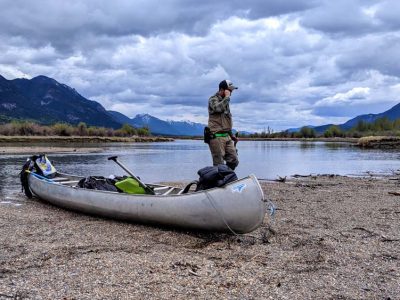
News and Updates
Project to revive Cottonwood, kokanee spawning moves forward – Castanet, Nov 4 2024
Nelson council considers fish habitat enhancement in Cottonwood Creek – Nelson Star, Oct 8 2024
Nelson hopes to turn former landfill site into a park – Nelson Star, Sept 3 2024
Conservationists building beaver dams to help restore B.C.’s drying Columbia Wetlands – CBC News – CBC News, Feb 2 2024
“Playing Beaver” to Restore Water to the Columbia Wetlands – Living Lakes Canada, Nov 14 2023
Shining a spotlight on a Canadian star for World Wetlands Day – Living Lakes Canada, Feb 1 2022





